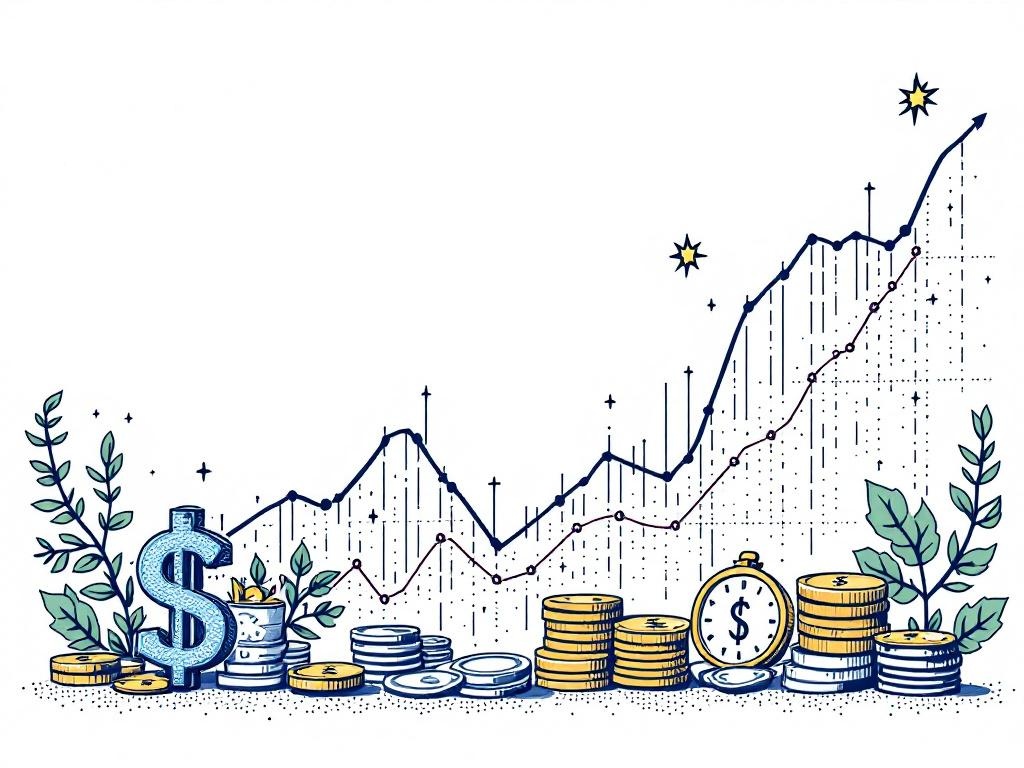U.S. Inflation Report Signals Economic Optimism Amid Uncertainty

Washington, D.C., Monday, 27 October 2025.
The September inflation report revealed lower-than-expected consumer price increases, fueling hopes that the Federal Reserve might pause rate hikes. However, the U.S. government shutdown complicates the broader economic outlook.
Market Reactions and Federal Reserve Implications
The U.S. inflation report for September 2025 surprised analysts with a milder-than-expected increase in consumer prices. The consumer price index (CPI) rose by 0.3% month-over-month, down from 0.4% in August, and 3% year-over-year, slightly below the anticipated 3.1% [1][2][3]. This unexpected cooling in inflation has invigorated markets, causing major indices such as the Dow Jones Industrial Average, NASDAQ, and S&P 500 to rally significantly [4]. The Dow Jones, for instance, closed above 47,000 for the first time on October 24, reflecting investor optimism that the Federal Reserve might delay further interest rate hikes [4].
Government Shutdown and Economic Data Disruptions
Despite the positive market reactions, the U.S. government’s ongoing shutdown, which began on October 1, 2025, has left key economic indicators unavailable, adding a layer of uncertainty to the economic outlook [2][5]. The shutdown has particularly impacted the release of the October inflation report, which may not occur, marking an unprecedented gap in economic data collection [5][6]. This data void complicates the Federal Reserve’s decision-making process as it prepares for its policy meeting scheduled for October 30, 2025, where further interest rate cuts are anticipated [3][6].
Inflation Dynamics and Consumer Impact
The inflation dynamics show a mixed picture, with gasoline prices surging by 4.1% in September, contributing notably to the overall consumer price increase [2][7]. Meanwhile, the cost of rents and other essential goods remained relatively stable, offering some relief to consumers facing a murky economic environment where growth appears steady but hiring has slowed [2][3]. As a result, Social Security recipients are expected to receive a 2.8% increase in benefits for 2026, reflecting the inflation adjustments [5][6].
Global Trade and Economic Relations
The global economic landscape also saw significant developments. On October 26, 2025, U.S. President Donald Trump imposed an additional 10% tariff on Canadian goods, increasing total tariffs to 45%, which could have longer-term implications for inflation and consumer prices [1]. Additionally, high-level talks between U.S. and Chinese officials at the ASEAN Summit have resulted in a promising framework for future negotiations, potentially easing trade tensions that have previously contributed to inflationary pressures [1].